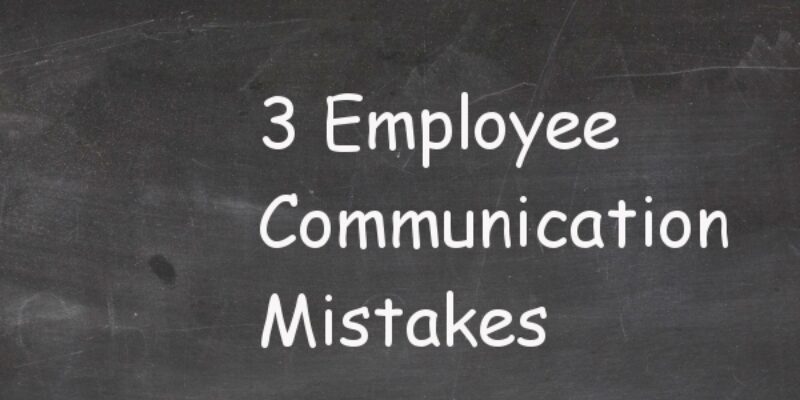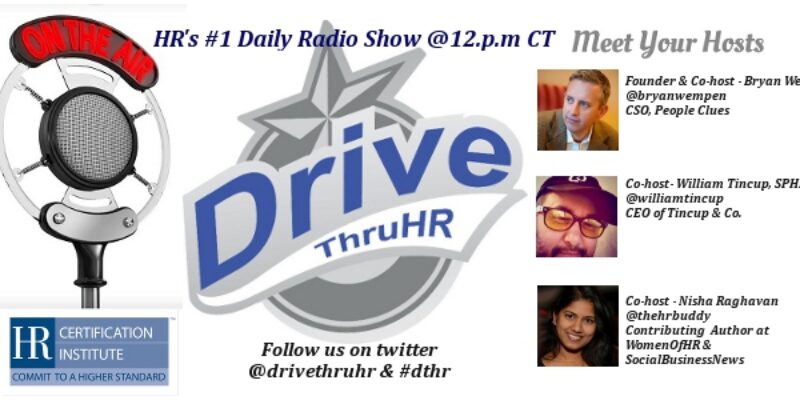Your HR Buddy is honored to have the amazing voices in the HR space joining us to share their insights. And this time we have Kevin Nakao, CEO/Co-founder of Meritshare and a regular contributor to Mashable sharing with us his insights on how to measure Action-based Engagement. Read on!
What gets measured gets done.
Companies track revenues, costs, profit and a number of key performance metrics. With more companies embracing the business value of employee engagement, the need to measure and monitor engagement as a key performance metric becomes critical for measuring success and improving results.
The first step is to define what you mean by employee engagement. There are several definitions of employee engagement, and the most referenced is from Scarlett Surveys which defines employee engagement as the
“measurable degree of an employee’s positive or negative emotional attachment to their job, colleagues and organization that profoundly influences their willingness to learn and perform is at work”.
Given this definition, here are 4 tips to taking a more action-based and data-driven approach to measuring your employee engagement.
1. Social Media shares
Employees can play a huge role in helping companies kick start their social media efforts. When an employee shares something positive, news or jobs from their company on their personal social media account, they are putting their reputation on the line. Employees are unlikely to tweet about their employer unless they are proud of the affiliation. Awards and trophy company Trophies2go has made a big push on social media this year. CEO Jeff Anderson said that it really helped when employees voluntary shared their new blog on Facebook, “the people that really helped us share were some of our most engaged employees, and I noticed that some of our more quieter folks were quite vocal social media advocates”.
However, it is very important that you don’t make employees feel like you are monitoring their personal social media behavior so set-up either a self-reported social media sharing process or targeted tracking system that only looks at company-related content.
2. Candidate referrals
If you are already tracking employee referrals through your job applicant tracking system, this could be an easy area to measure. Employee referrals generally produce some of the best candidates because the employee’s reputation is on the line, they don’t want to recommend a dud. The converse of this is also true, employees are not going to tell a friend about a job if they don’t believe in the company.
3. Peer recognition
If you recall, part of the definition of employee engagement is the positive (or negative) attachment an employee also has to their colleagues. Peer recognition systems that allow any employee at an organization to give thanks or kudos to a co-worker is another important action-based measure of engagement. Employees that take the time to thank or recognize each other are not only demonstrating concern for their colleagues, but also are doing their part to create a better work culture and are acting in a way that benefits their company interests. If you are concerned about the impact of prizes and gaming in a recognition program, skip the rewards and focus on the recognition. I have data and results from a number of companies using peer-based employee recognition on MeritShare with no prizes. The data indicates a healthy correlation between the most active and consistent award-givers and their overall employee engagement.
4. Measuring and using the data
Once you start collecting the data, there are some easy ways to make sense of this and use the data.
You can track the number of engagement-based actions over time by individual and company. Using an engagement action per employee ratio helps isolate the noise from changes in number of employees. A similar ratio of referrals to open positions can be applied to candidate referrals. Social media shares may be a little bit more difficult to control for because activity can be influenced by new product introductions. Rather than get stuck on absolute numbers, focus on pattern recognition. Do you see a decline in engagement action by individuals who voluntarily leave a company?
Compare and correlate action-based engagement data with other internal people analytics. How do your employee engagement metrics compare to other people analytics like performance reviews or net promoter scores. If your performance reviews don’t have a numerical rating, you can still do a cohort-based analysis by looking at patterns between the set of users with high action-based engagement scores and outstanding performance reviews and another set of users with low engagement and performance ratings.
Measure your action-based engagement data against your peers. Just like industry-wide data is used for compensation comparisons, the same approach can be used for engagement analytics. Although I am not aware of any data providers for employee engagement data like Payscale does for compensation, talk to your HR peers at other companies. For peer recognition, companies that use MeritShare get a weekly report showing their engagement metrics and how they compare to the network average of all companies.
Actions Speak Louder Than Words
Tracking data is one of the most important approaches to improving performance. Success is easier when data-driven goals and tracking are implemented, it’s pretty hard to lose weight without a scale and tracking.
The very concept of employee engagement should be measured by actions and not just words. This doesn’t mean you should replace survey-based approach to engagement, instead see how action-based data can complement your ability to monitor and improve employee engagement.
Please share any ideas, recommendations, and comments below. Feel free to reach out to me at kevin[at]meritshare.com if you interested in taking an action-based approach to measuring engagement.
Photocredit: NetMinder IG
 Kevin Nakao is CEO/Co-Founder of MeritShare, which provides employee recognition software for companies, teams, and organizations. Prior to this he served as President/COO of WhitePages. He is a regular contributor to Mashable and has an MBA from Harvard Business School. You can find him on Twitter @meritshare.
Kevin Nakao is CEO/Co-Founder of MeritShare, which provides employee recognition software for companies, teams, and organizations. Prior to this he served as President/COO of WhitePages. He is a regular contributor to Mashable and has an MBA from Harvard Business School. You can find him on Twitter @meritshare.





